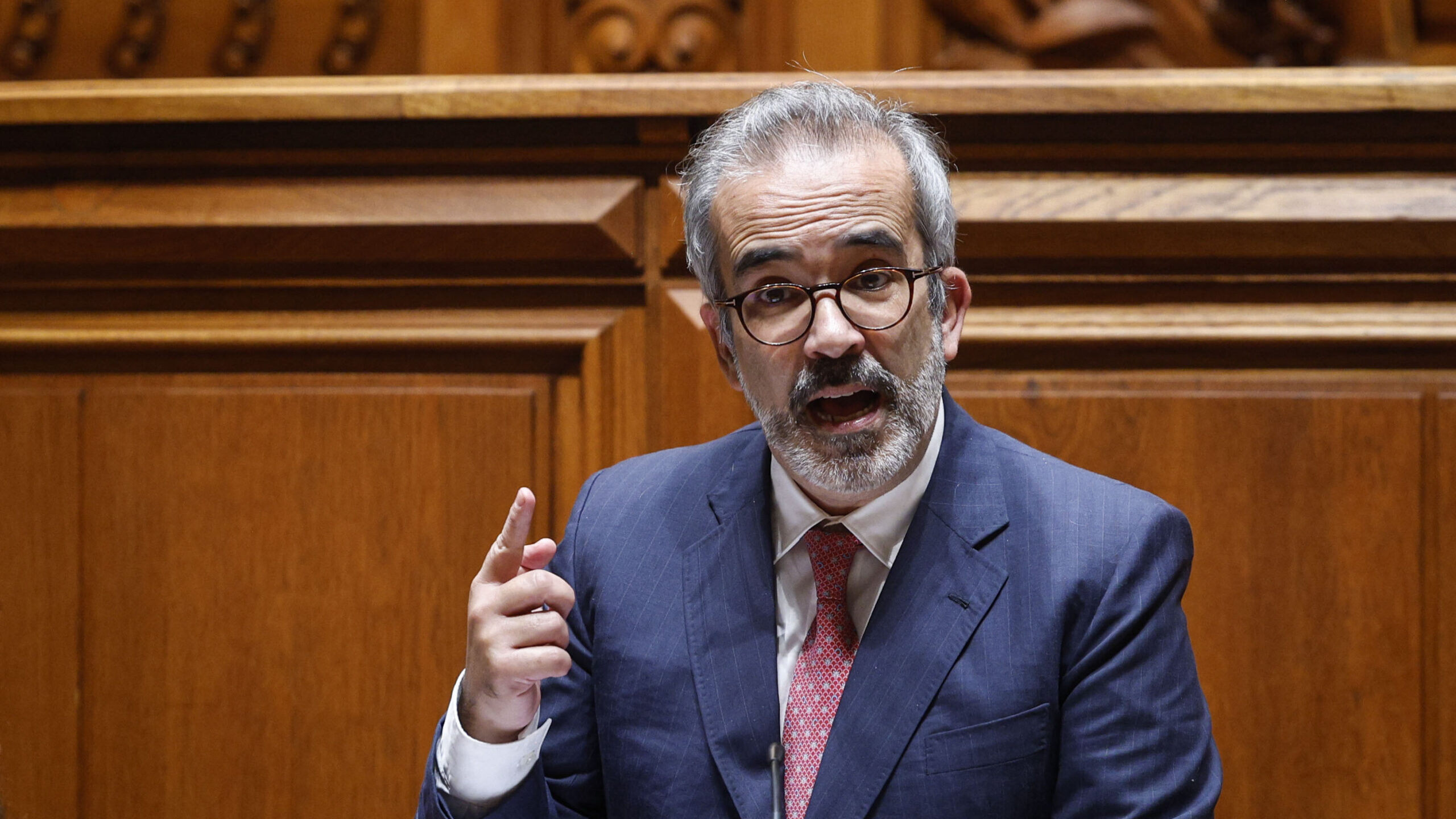Portuguese exports fall 1.3% in the second quarter. Foreign purchases accelerate again
INE data show that exports of goods fell for the first time since the second quarter of 2024, while imports increased for the fifth consecutive quarter.
Portuguese exports of goods fell by 1.3%, while imports rose by 6.4% in the second quarter of this year, according to the flash estimate published on Tuesday by the National Statistics Institute (INE).
When TTE transactions are excluded — i.e. transactions for or following work on commission (without transfer of ownership) — the decline in exports accelerated slightly to 1.7%, and the increase in imports was less significant, at 1.9%.
“This estimate indicates that exports of goods declined for the first time since the second quarter of 2024, with the variation in the first quarter of 2025 reaching +7.7% (+0.9% without TTE)”, explains INE.
On the other hand, data from the statistics office show that imports of goods increased for the fifth consecutive quarter, “although at a slightly slower pace than in the previous quarter, when the year-on-year variation was +7.0% (+5.8% when excluding TTE)”.
The quarter under review was marked by discussions surrounding tariffs. After several months of negotiations, the US and the European Union (EU) reached a trade agreement on Sunday that provides for the imposition of 15% customs tariffs on European products.
Portuguese associations representing the sectors most exposed to the US consider that the trade agreement concluded between the EU and the Trump Administration is the “possible” agreement — far from being desirable — and brings relative relief after months of uncertainty and results in a “manageable” outcome.
On Monday, the European Commission argued that the trade agreement is “better” than a trade war, allowing jobs and businesses to be saved.
Goldman Sachs analysts have revised their projections for the Eurozone economy upwards, reflecting the agreement reached between the Trump Administration and Brussels. The US bank now forecasts that Eurozone GDP will grow by 1.1% this year and 1.2% in 2026, an improvement of one tenth of a percentage point on previous estimates.
The team of economists also points out that US tariffs are expected to impact economic growth by 0.4 percentage points by the end of next year, less than the 0.6 percentage points initially calculated — thanks to a European economy that is “more resilient than anticipated” to the trade standoff, analysts said in a note sent to their clients on Tuesday.




